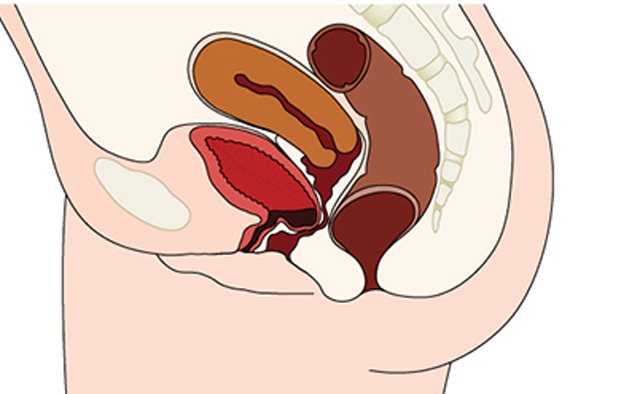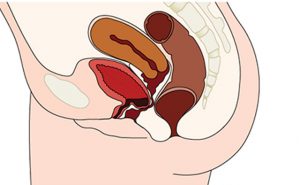
Cystocele – causes, side effects and treatments at NaturalPedia.com
Tuesday, February 27, 2018 by Ralph Flores
http://www.naturalpedia.com/cystocele-causes-side-effects-and-treatments-at-naturalpedia-com.html

Cystocele (also called a prolapsed bladder) is a condition wherein the wall between a woman’s bladder and her vagina is weakened, allowing the bladder to protrude into the vagina. In a cystocele, the bladder may drop from its normal position and may bulge into the vagina or even the vaginal opening.
Cystoceles have three grades:
- Grade 1 — The bladder protrudes into the vagina slightly.
- Grade 2 — The bladder has sunk into the vagina to reach the opening.
- Grade 3 — The bladder bulges through the vaginal opening.
One of the main reasons for cystoceles is the loss of estrogen through menopause. When the body stops estrogen production, one of the effects is the weakening of the muscles that support the vagina and the bladder.

Known risk factors and symptoms of cystocele
A major cause of a cystocele is muscle strain — particularly during childbirth. During a vaginal birth, the muscles of the floor of the pelvis are strained, potentially weakening the walls of the vagina.
Other risk factors include the following:
- Family history of the condition
- Obesity or being overweight
- Intense physical activity, such as lifting weights
- Hysterectomy
- Constipation and repeated straining of the muscle during bowel movements
- Frequent coughing
- Aging
If a person has a cystocele, she may feel the need to go frequently to go to the bathroom. Additionally, incontinence will also be a symptom, primarily due to the urethra being stretched from the condition. Other conditions may include:
- The feeling that the bladder may not be fully emptied.
- Frequent cases of urinary tract infections.
- A heavy feeling in the pelvic area or lower back.
Body systems affected by cystocele
Cystocele affects the urinary tract as well as the vagina for women.
Food items or nutrients that may prevent or relieve cystocele
There are a number of food items available that will help address cystocele. These include:
- Red raspberry leaf — The leaf has been used as a primary tonic for females, particularly for toning the pelvic organs. To help reduce the symptoms of prolapse, consume two to four cups of brewed red raspberry leaf tea.
- Horsetail — The herb, also known as shavegrass, is known to aid in various bladder and kidney problems including prolapse. The bioactive components present in horsetail inhibit inflammation in the urinary system.
- Comfrey leaf — The herb is used for tissue regeneration, and herbalists use it topically as a salve.
- Horse chestnut — When applied topically, it can be used to treat various conditions, such as varicose veins and prolapse.
Treatment and management options for cystocele
If the cystocele is mild and does not impede with daily activities, it does not require any treatment aside from avoiding heavy lifting and straining. The condition can be further managed by:
- Avoiding diuretics such as coffee
- Training the bladder to lengthen the amount of time between visits
- Emptying the bladder regularly
- Losing weight
Where to learn more
- Use lifestyle changes, diet and nature to control and conquer overactive bladder
- Want bladder cancer? Eat more processed deli meat
- Smoking Linked to Bladder Cancer
- Learn to prevent bladder infections with simple dietary and lifestyle changes (preview)
Summary
Cystocele is a condition wherein the wall between a woman’s bladder and her vagina is weakened, allowing the bladder to protrude into the vagina. In a cystocele, the bladder may drop from its normal position and may bulge into the vagina or even the vaginal opening.
One of the main reasons for cystoceles is the loss of estrogen through menopause. When the body stops estrogen production, one of the effects is the weakening of the muscles that support the vagina and the bladder. Another major cause of a cystocele is muscle strain — particularly during childbirth. During a vaginal birth, the muscles of the floor of the pelvis are strained, potentially weakening the walls of the vagina.
Sources include:
Tagged Under: Tags: cystocele





